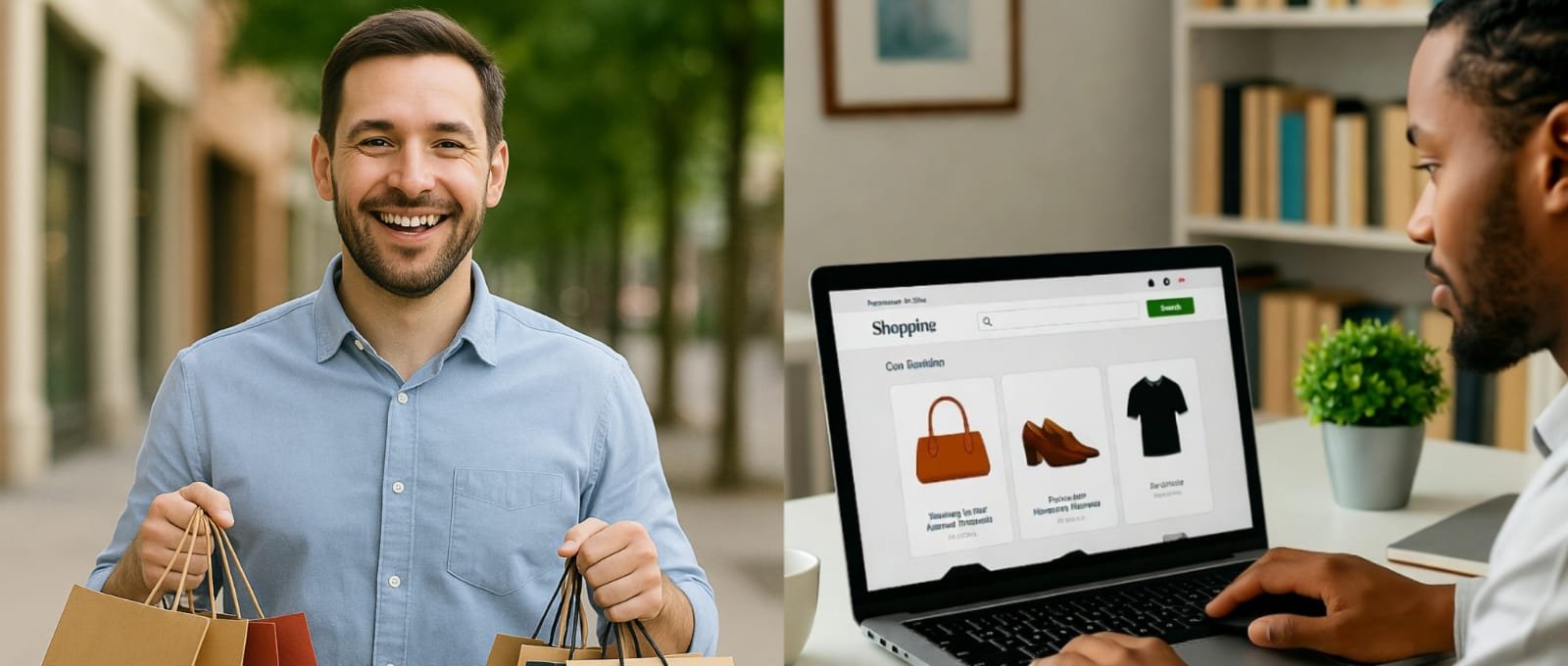Shopping ain’t what it used to be anymore. Digital marketplaces have shifted dramatically, moving away from generic product displays toward something much more intimate and tailored. Consumers today, they want experiences that actually speaks to who they are as individuals. This transformation represents more than just a trend; it’s fundamentally changing how businesses build relationships with the people buying their stuff.
Understanding the Personalization Movement
Back when e-commerce was first starting, companies showed everyone the same products in the same way. Generic. Impersonal. One-size-fits-all approaches dominated the landscape, with little consideration for what individual customers actually wanted. But now? Everything have changed. Smart retailers realizes that truly exceptional shopping journeys starts with actually understanding what each person enjoys and prefer.
Look at Warby Parker. Their Home Try-On program lets you grab several frames, take them home, try them on at your own pace, it’s revolutionary compared to how eyeglasses used to be sold. Then there’s Glossier, another brand that figured out personal touches matter. They built their whole business around knowing their customers better than competitors could.
Stitch Fix takes personalization to another level entirely. They use complicated algorithms that analyzes your style preferences, your feedback on previous shipments, and your body measurements. What happens next? A curated box arrives at your door with pieces specifically chosen for you. It’s shopping, but it feel more like having a personal stylist who actually gets you.
Technology Making Magic Happen
The real driving force behind all this personalization? Technology, obviously. Artificial intelligence and machine learning, these tools allows companies to process massive amounts of customer information and predicts what you might want to buy before you even know it yourself. Data becomes insights; insights become better recommendations.
Augmented reality represents another game-changer in this space. You can now point your phone at your living room and see how that couch would looks in your actual space. No more guessing. Physical stores is also getting smarter, tracking browsing patterns and purchase history to create targeted advertisements just for you.
What Comes Next for Online Retail
The horizon looks different than what we seen before. Sustainability concerns are driving major shifts , customers increasingly demand to know where their products comes from, how they’re made, and what environmental impact they carry. Companies that provide transparent information about sourcing and manufacturing? They’re winning customer loyalty.
Social media integration changed everything too. Shopping became less solitary and more communal. Influencers sharing personalized recommendations carries significant weight now because recommendations feel genuine rather than corporate. People trusts recommendations from people they follows on Instagram more than traditional advertisements.
Customer participation in product development represent another frontier. Brands that involves their shoppers in the creative process asking for feedback, incorporating ideas, they creates deeper connections. These collaborations transforms customers from passive buyers into active collaborators.
The Road Forward
Personalized shopping is genuinely revolutionizing how commerce works. By combining data analysis, innovative technologies, and genuine community building, brands are constructing experiences that truly resonates with individual values and tastes. The lines between technology and human connection continues to blur.
Tomorrow’s e-commerce landscape will be immersive, intuitive, and deeply personal. Shopping won’t just be transactions anymore, it’ll become platforms for discovery, meaningful engagement, and real human connections between customers and the brands they chooses to support.








